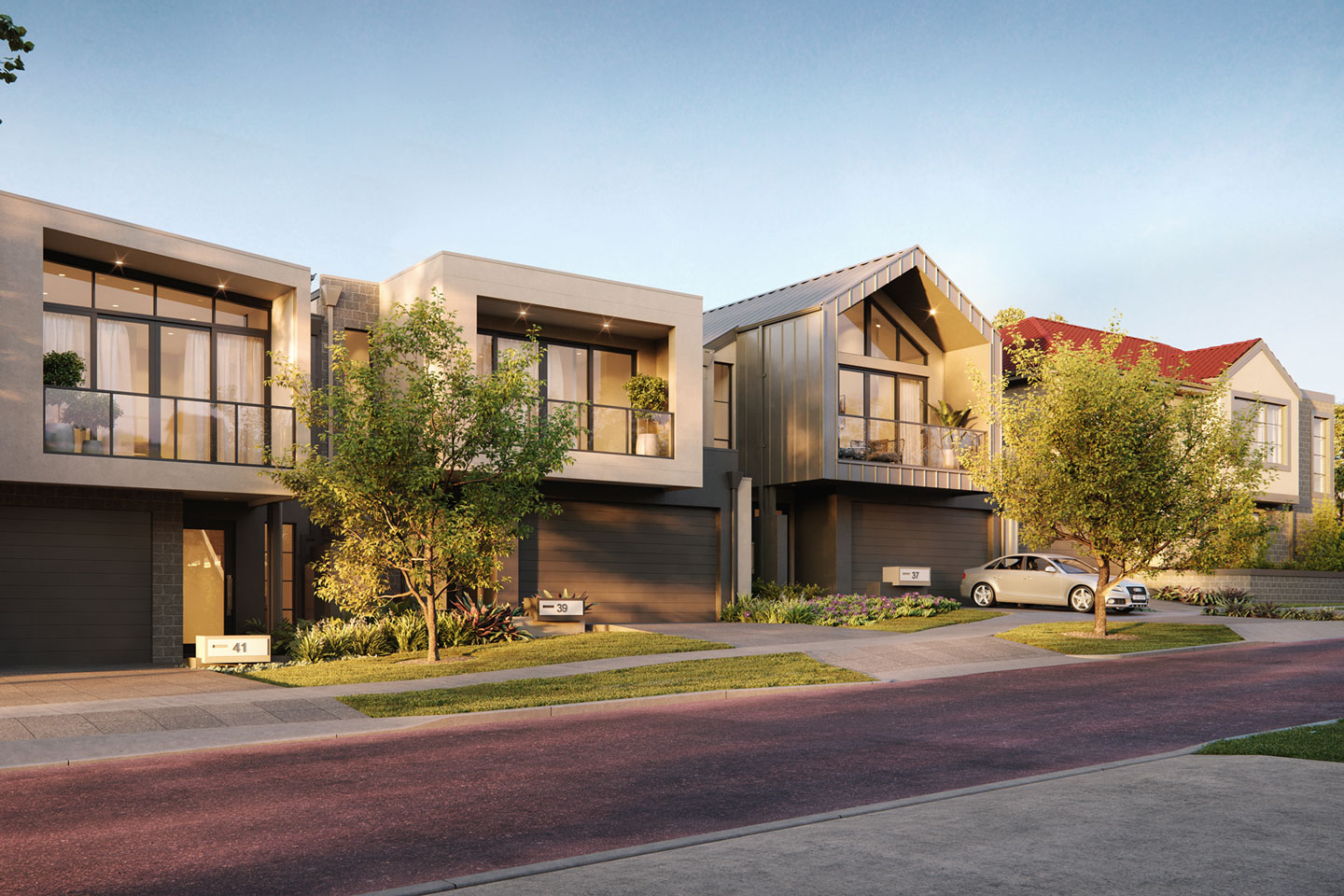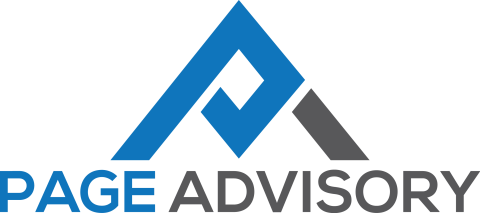
After three years of record growth, Perth remains the most affordable capital city in Australia to buy property in.
Yet since the start of 2020, house prices have increased by 24 percent, with the Real Estate Institute of Western Australia (REIWA) expecting house prices to rise another 2-5 percent in the next 12 months.
And on top of that, the State continues to face a housing and rental crisis with Perth’s vacancy rate dipping to a historically low 0.4 percent.
With ongoing undersupply comes strong demand, as migration is forecast to increase by 251 percent and the State’s overall population set to increase by 1.6 percent in 2022-2023.
Given these factors, it’s easy to see why Perth’s property market has been drawing the attention of astute property investors.
According to Quentin Lau, Ewan McConnell and Adrian Johnson of Summit Developments, investors who are ready to enter the market are in a good position as Perth is still massively undervalued.
“WA is in urgent need of more investors to help ease the housing shortage the state is facing,” Ewan said.
Quentin continued; “Investment opportunities such as subdivision, are one of the main development avenues investors should be keeping a close eye on, as any good investor or property developer knows, the value is in the land.”
googletag.cmd.push(function() { googletag.display('bn-dfp-article-lb2-advert'); });When looking for land suitable for a subdivision development, here are Summit Development’s top tips for ensuring your investment maximises its return on investment;
1. Look at infill areas which are in close proximity to Perth’s CBD with infrastructure or proposed activity centres such as universities, hospitals, shopping centres and public transport close by. Ideally blue-chip suburbs are going to give you the best return on investment.
2. Consider Perth’s older suburbs where you are paying land value only and the existing house has no intrinsic value. Also consider property that has an existing house with redevelopment potential on the vacant portion.
3. Areas which have undergone rezoning or where there are proposed upgrading plans such as shopping centre redevelopment sites. These areas include Booragoon, Kardinya, Kensington, Wilson, Padbury, Craigie and Karrinyup.
4. Areas such as Cannington, Beckenham, Gosnells, Kelmscott, Maddington, Armadale tend to have higher development costs in relation to site soil conditions and drainage requirements and therefore, are not always favourable for developers.
5. Proximity to busy roads, under flight paths and train lines can also add additional construction costs and should be considered prior to considering a development on site in these areas.
6. If the location of the land is close to bush forever sites, note that upgrades and additional building costs will be required to comply with BAL ratings.
7. Understand the gradient of the land and the costs that will be involved for earthworks and retaining.
8. Consider future proposed development in the area. This could be beneficial but also result in an oversupply of available stock if multi dwelling sites are proposed, resulting in an oversupply of apartments which is seen in areas such as Rivervale and Belmont.
9. Investigate split zoning, precinct plans and local planning policies of your local council, which can override the R Codes and can be restrictive in terms of design elements and increase build costs. This is often seen in the councils of Mandurah and Belmont.
10. Review possible negative external property factors and neighbouring stock which may be detrimental to your future investment.
Quentin, Ewan and Adrian collectively have over six decades of experience in property development.
Partnering with an experienced developer who will be able to guide you in the right direction, is the key to successful property development.
Having developed a portfolio worth over $685 million, the Summit Developments team pride themselves on delivering a high value and quality constructed development for their clients.
Visit summithomes.com.au/develop to get in touch with Ewan, Quentin and Adrian.

















